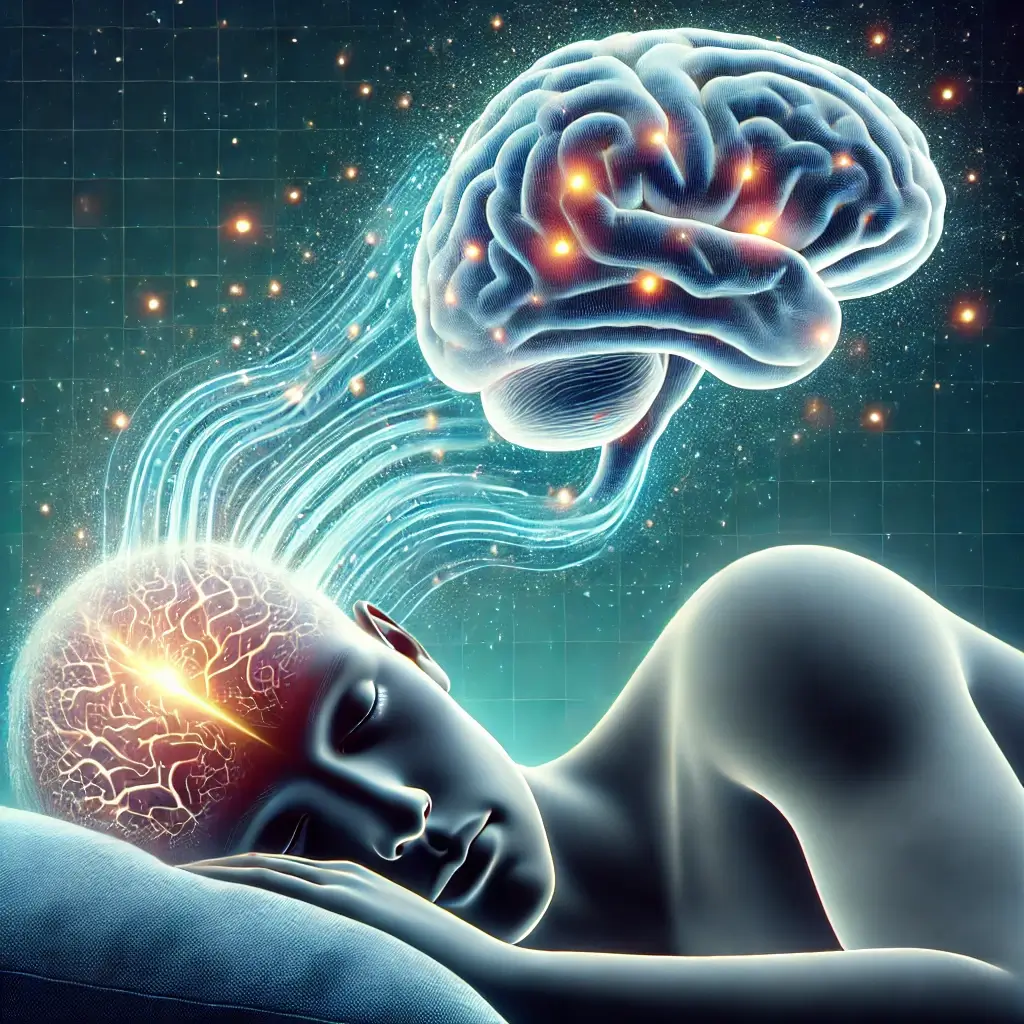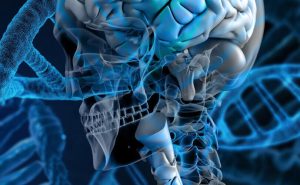Learn How Brain Deviations Can Trigger Insomnia
Insomnia-related brain abnormalities can affect both anatomy and function.
Structural deviations are alterations in the size, shape, and connection of specific brain areas. For example, those who suffer from sleeplessness frequently have reduced hippocampus, amygdala, and prefrontal cortex sizes. These areas are responsible for sleep control, memory, emotion processing, and decision-making.
Functional abnormalities in the brain can cause considerable alterations in how distinct regions communicate with one another and respond to external inputs. One example is insomnia, a disorder marked by trouble falling and staying asleep.
According to recent research, insomnia sufferers frequently have heightened activity in an area of the brain known as the salience network. This network detects and responds to potential environmental risks.
When this network becomes highly active, it can cause hyperarousal, making it difficult to relax and sleep well.
This hyperarousal can appear in various ways, including higher heart rate and breathing, increased muscle tension, and a general feeling of alertness. As a result, even when they are physically weary, people suffering from insomnia may find it difficult to turn off their minds and totally relax.
While the exact origins of insomnia are unknown, functional abnormalities in the brain play an important part in the illness. If researchers gain a better understanding of these aberrations and their effects on the brain, they may be able to design more effective treatments for insomnia and other sleep problems.
Here are some particular examples of insomnia-related abnormalities.
Here are some particular examples of insomnia-related abnormalities in the brain:
Reduced hippocampal volume: The hippocampus regulates memory consolidation and sleep. People with insomnia frequently have decreased hippocampus volumes, which may contribute to their sleep issues.
Increased activity in the salience network: The salience network detects and responds to dangers. Insomniacs frequently have increased activity in the salience network, which can lead to hyperarousal and difficulties sleeping.
Reduced connection between the prefrontal cortex and the amygdala: The prefrontal cortex helps control emotions, whereas the amygdala processes fear and other unpleasant feelings. People with insomnia frequently have reduced connectivity between these two regions, which can make it difficult for them to manage their emotions and fall asleep.
Only a few examples of brain abnormalities caused by sleeplessness.
Reduced activity in the default mode network: The default mode network is a collection of brain areas that operate when we are at rest. It engages in daydreaming, introspection, and self-referential thinking. People suffering from insomnia frequently have decreased activity in the default mode network, which might make it difficult for them to relax and fall asleep.
It should be noted that these are only a few examples of brain abnormalities caused by sleeplessness. More studies are required to thoroughly understand the brain mechanisms behind insomnia. However, current research indicates that insomnia is a complex illness involving changes in both the structure and function of the brain.













